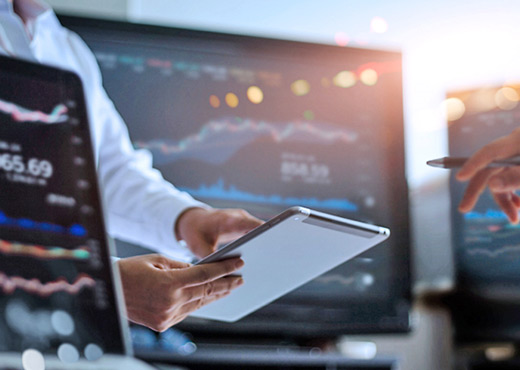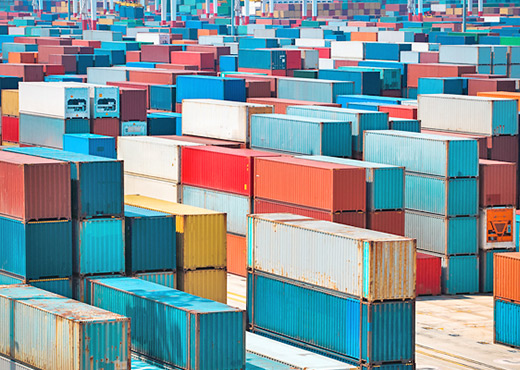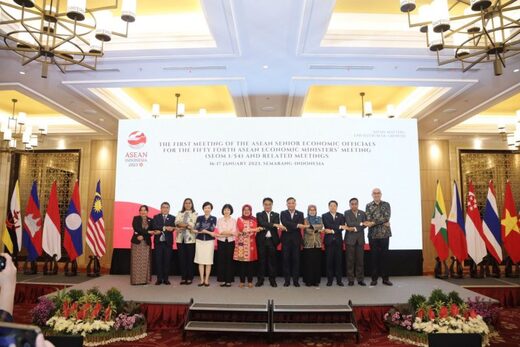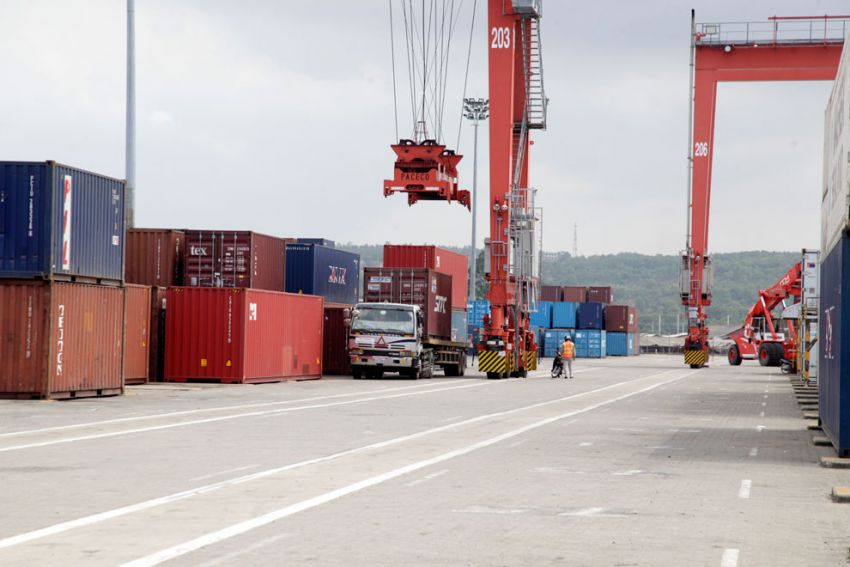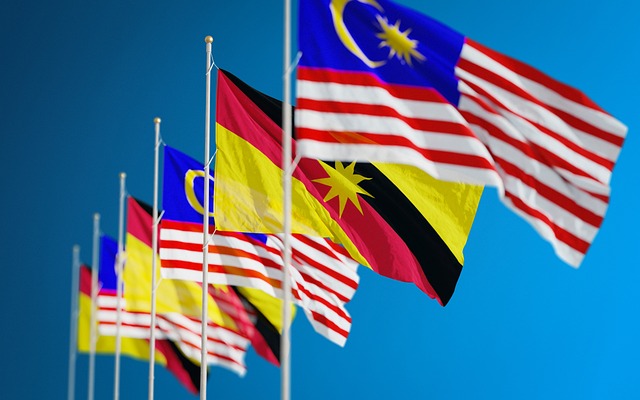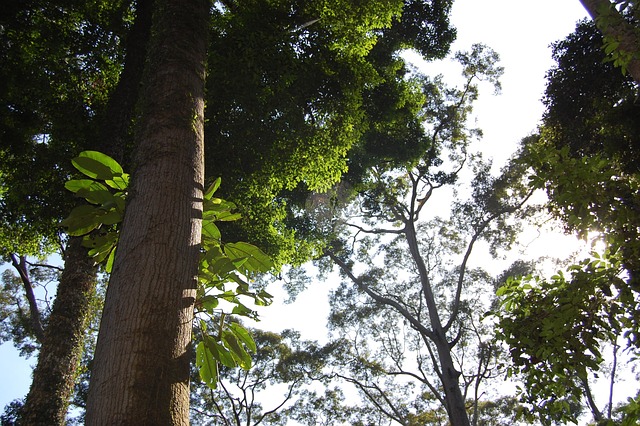THE Malaysia External Trade Development Corp (Matrade) said it will continue in its efforts to ensure Malaysian micro, small and medium enterprises (MSMEs) remain a part of the global supply chain and be prepared for any adverse changes in global economic conditions.
Matrade CEO Datuk Mohd Mustafa Abdul Aziz said Matrade is placing a strong emphasis on high-value industries, developing access into new and emerging markets and creating partnerships that are in line with its key pillars — digitalisation, adopting values of sustainability and being guided by the National Trade Blueprint (NTBp).
“We should be proud that we have strengths in high-value industries like electric and electronic (E&E), machinery and equipment, aerospace, halal, medical devices, pharmaceuticals, healthcare, construction, chemicals and energy — to name a few — for a country with only 33 million people,” he said in a statement on Dec 29.
He said although foreign investments played a significant role in the growth of Malaysia’s trade over the last few decades, it is also important to highlight that local MSMEs contributed 37.4% of Malaysia’s GDP and 11.7% to overall Malaysia’s exports for 2021.
“Nonetheless, we still need to pursue the goal of a 25% contribution by MSMEs to the nation’s export by 2025 as set under the 12th Malaysia Plan and the National Entrepreneurship Policy (DKN),” he added.
He noted that along with the advancement of technology, cross-border e-commerce opportunities are also growing.
“Hence, it is vital for Malaysian MSMEs to adopt digitalisation to be more competitive globally,” Mohd Mustafa said.
In 2021, he remarked that the gross value added of e-commerce amounted to RM201.1 billion, an increase of RM37.2 billion in 2021 with a growth of 22.7%.
He added that Mid-Tier Companies (MTCs) have also made significant efforts in contributing 30% of the GDP and 22% of our Malaysian workforce. Despite making up only 1% of businesses in Malaysia, MTCs play an important role in developing a competitive domestic supply chain, where 75% or more than 7,000 SMEs are involved in the MTCs export supply chain.
Mohd Mustafa said the requirement to compete in international markets has changed significantly over the past few years. Buyers no longer base their decisions on price solely. Policymakers, numerous stakeholders, and consumers now have different expectations and are more concerned about the significance of adopting sustainability measures.
He said Malaysian exporters must invest in developing sustainable export strategies that promote and adopt ESG principles in their production process and global supply chains to meet changing market requirements.
Therefore, he said, MSMEs development programmes must be catered to help MSMEs become globally competitive. Business governance and operations including community care must be centred on socioeconomic trends. He said MSMEs need the relevant certifications, standards, labelling and global endorsement to compete on a global scale and in high-value markets. To do this, we must keep up our effective facilitation while pragmatically modifying some programmes to fully realise their global potential in the current economic climate.
“Our MSMEs must be prepared for the digital age, which goes beyond simply having websites and includes exposing them to cutting-edge technology like the metaverse,” said Mohd Mustafa, adding that another key area is e-commerce marketing, which is fast becoming a necessity for companies to remain relevant.
He pointed out that Matrade has long introduced a programme called the eTrade Programme (now eTrade 2.0) to expedite the learning and adoption of e-commerce marketing as a tool to export among our MSMEs.
“We must develop new capabilities in order to further diversify our strengths. With regard to international trade, Matrade urges all relevant parties to work with us to develop new areas of strength such as the services sector and environmentally friendly and highly innovative sectors,” he said.
Currently, he said, Matrade has forged high-value partnerships with industry players across various segments namely, Google LLC, DHL Express, CIMB Group Holdings Bhd, Malaysian Green Technology and Climate Change Corp (MGTC), Sirim Bhd and Bank Islam Malaysia Bhd, among many others.
As Malaysia endeavours to strengthen existing partnerships and forge new ones with nations in the region, he said the country’s commitment to free trade and open economies will bolster Malaysia’s capabilities to compete in the international market and ensure economic prosperity for years to come.
Meanwhile, Mohd Mustafa said the presence of Malaysian businesses in the global supply chain contributes to its stability and the country can undoubtedly continue to solidify its position as a strong and reliable trading nation.
“Malaysia can benefit from opportunities brought about by greater globalisation and regional economic integration through the Regional Comprehensive Economic Partnership and Comprehensive and Progressive Agreement for Trans-Pacific Partnership by utilising its strategic location.
“Additionally, globalisation has immense potential for Malaysia, offering wider access to markets, investment and resources to facilitate Malaysia’s economic growth,” he said.
As Malaysia continues to pursue greater international trade, he said many opportunities can be leveraged over the next three to five years.
He said Malaysia is expected to see a surge in demand for its products and services, provided the readiness of local companies is addressed and pragmatic in the market access approach.
Mohd Mustafa also said Malaysia’s move to position itself at the forefront of the digital economy by leveraging its expertise in technology, communications infrastructure and local knowledge will be a key catalyst to the country’s export growth.
“Most initiatives in Malaysia are focused on providing better access to resources such as finance, technology, skills and talent, and these efforts help improve Malaysia’s infrastructure and connectivity to the global economy.
“We must continue to strengthen our presence in international trade through the World Trade Organisation and other regional organisations as well as encourage the use of free trade agreements as an instrument to boost market access,” he said.
Mohd Mustafa said Malaysia must also be ready for changes in the nature of international trade, such as growing tariffs, protectionism and production costs.
“We must work concertedly to make sure that its trade laws are adaptable to these developments and that Malaysia is in a good position to take advantage of emerging opportunities in global trade, such as the digitalisation of processes, blockchain technology and e-commerce platforms.
“Finally, our companies must continue to invest in their human capital and foster innovation through education and training. Investments in upskilling its workforce will help Malaysian companies remain competitive by developing innovative skills and technologies to strengthen its position in both the domestic and international markets,” he said.
Malaysia must also keep its commitment to sustainable development, which is essential for the country’s long-term development and success in the rapidly evolving global trade environment, he said.

